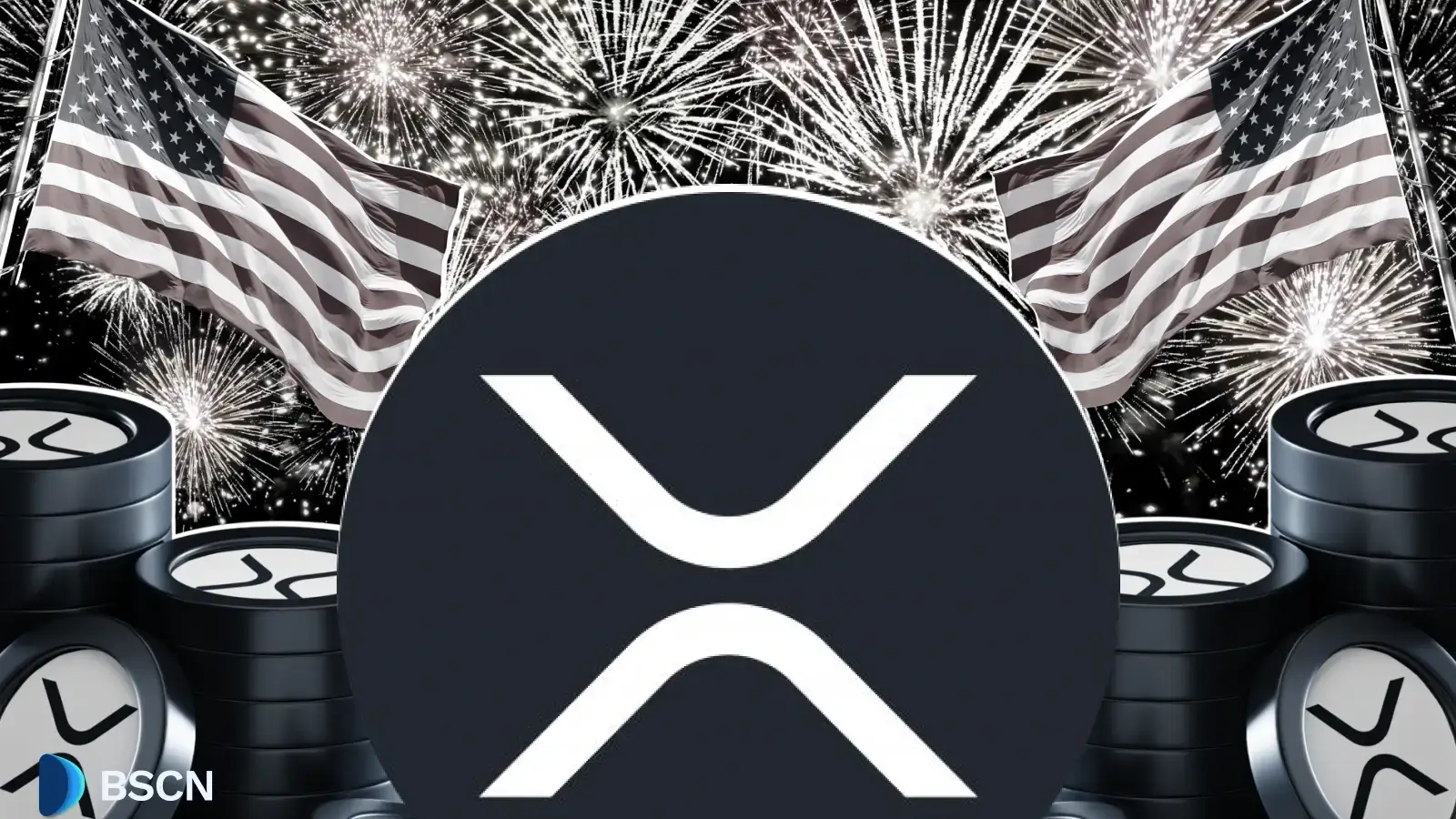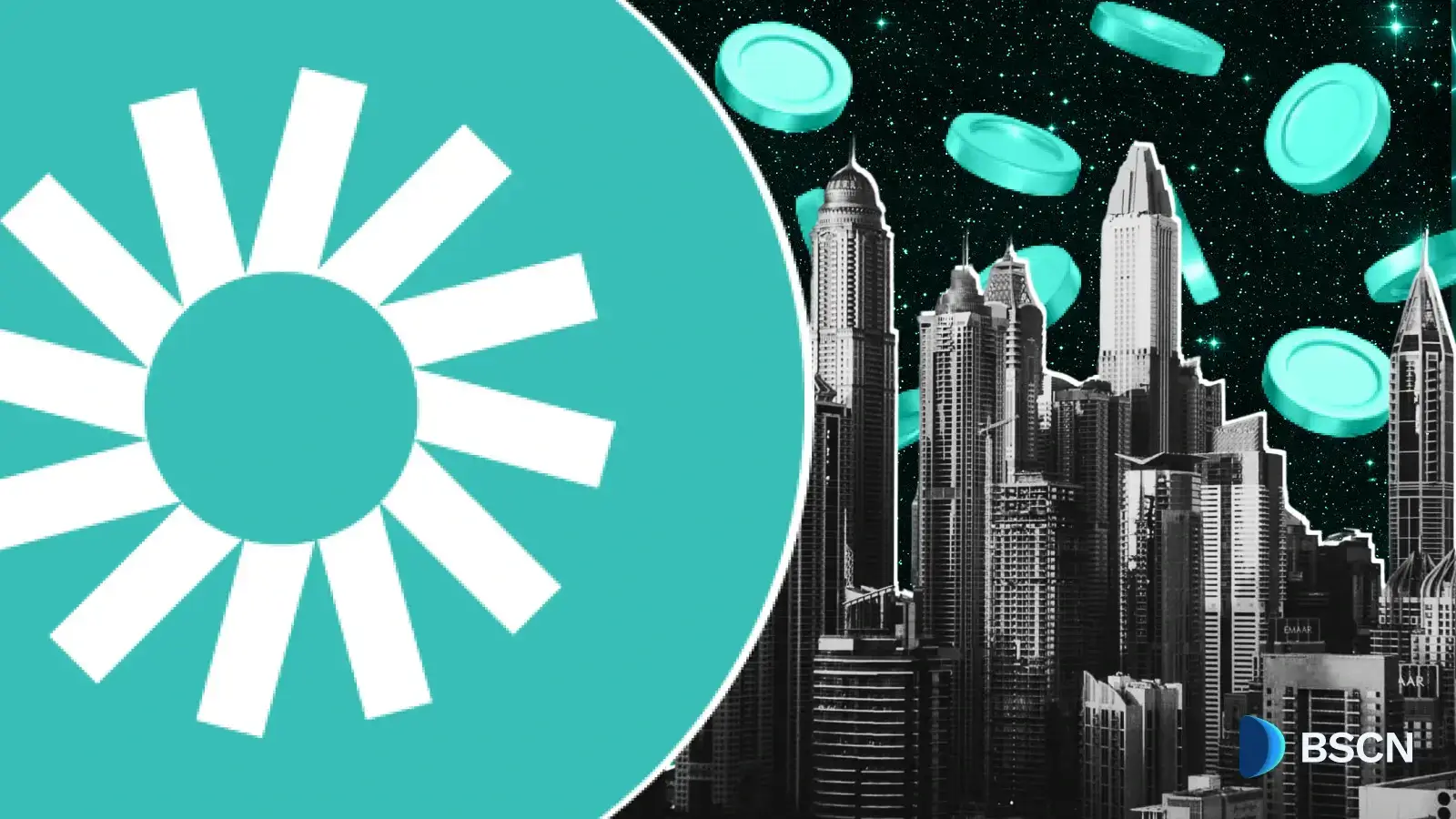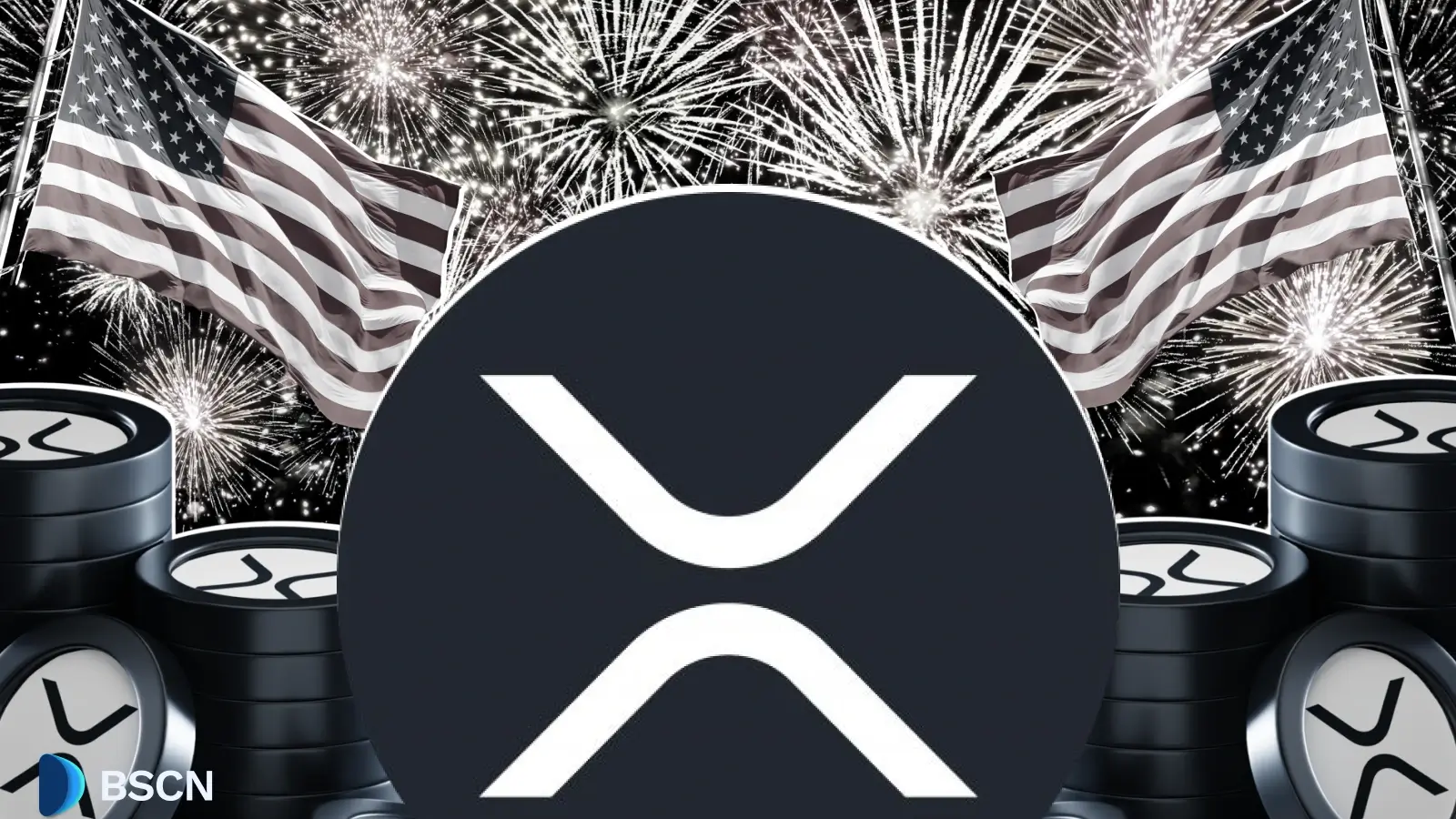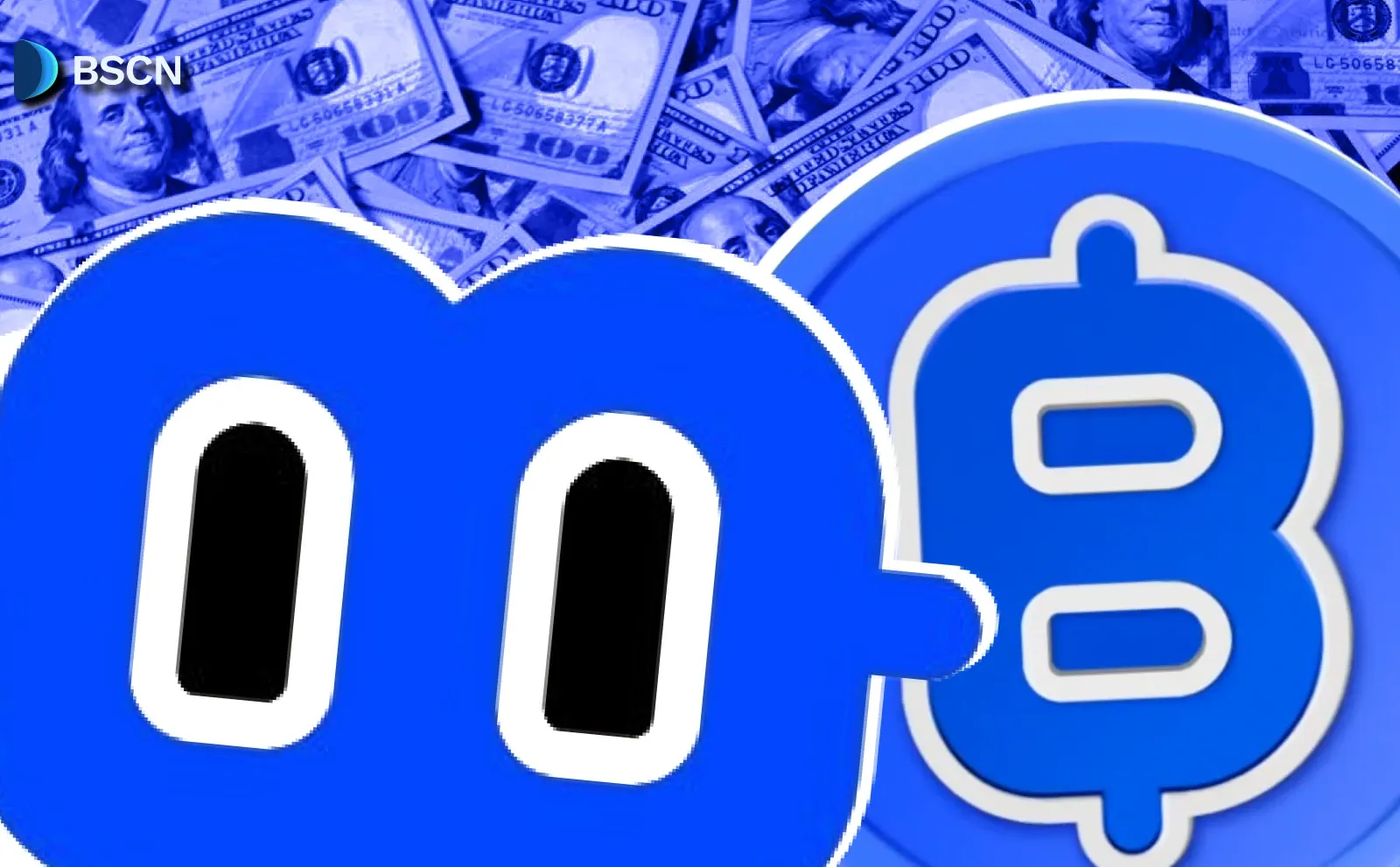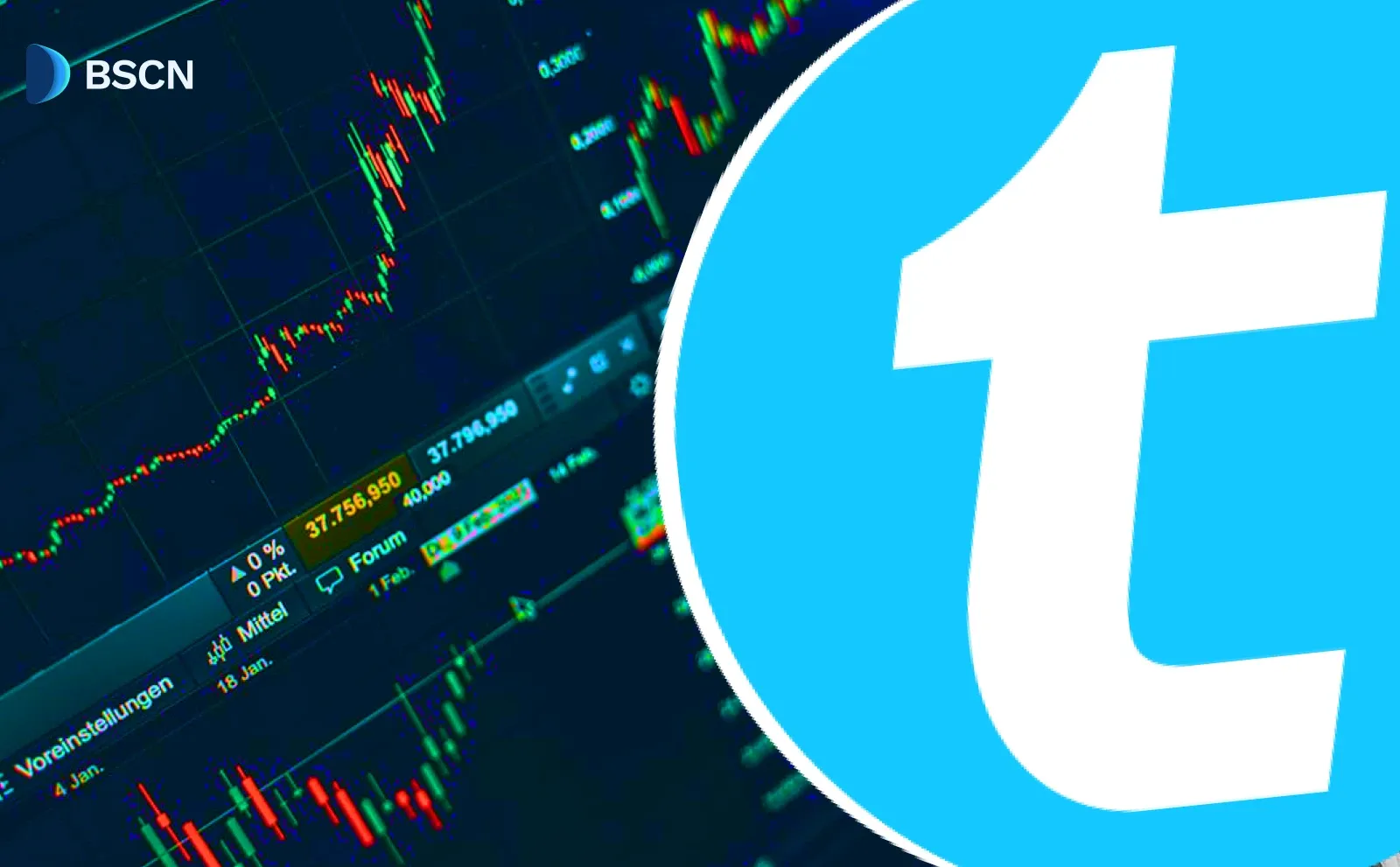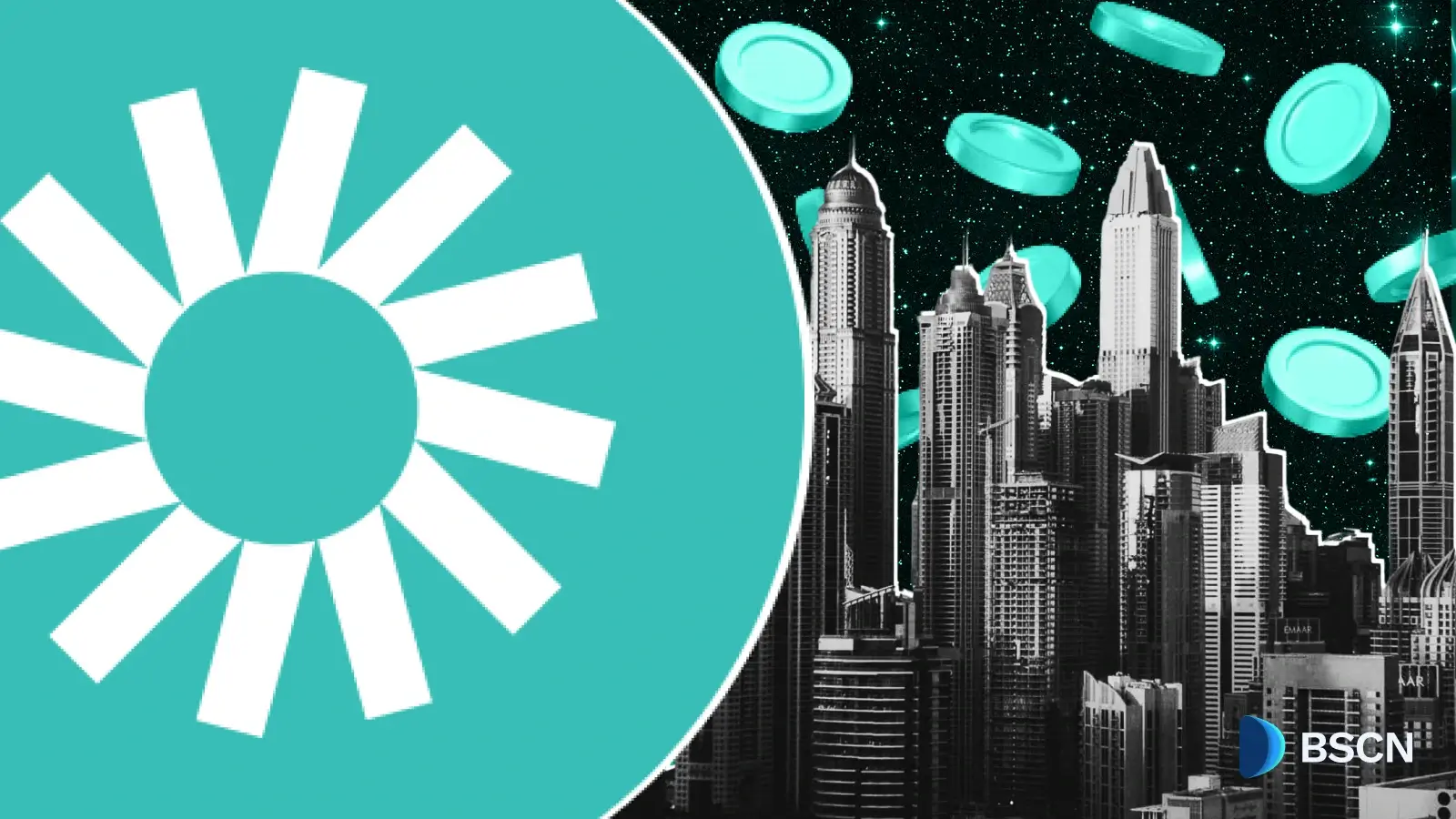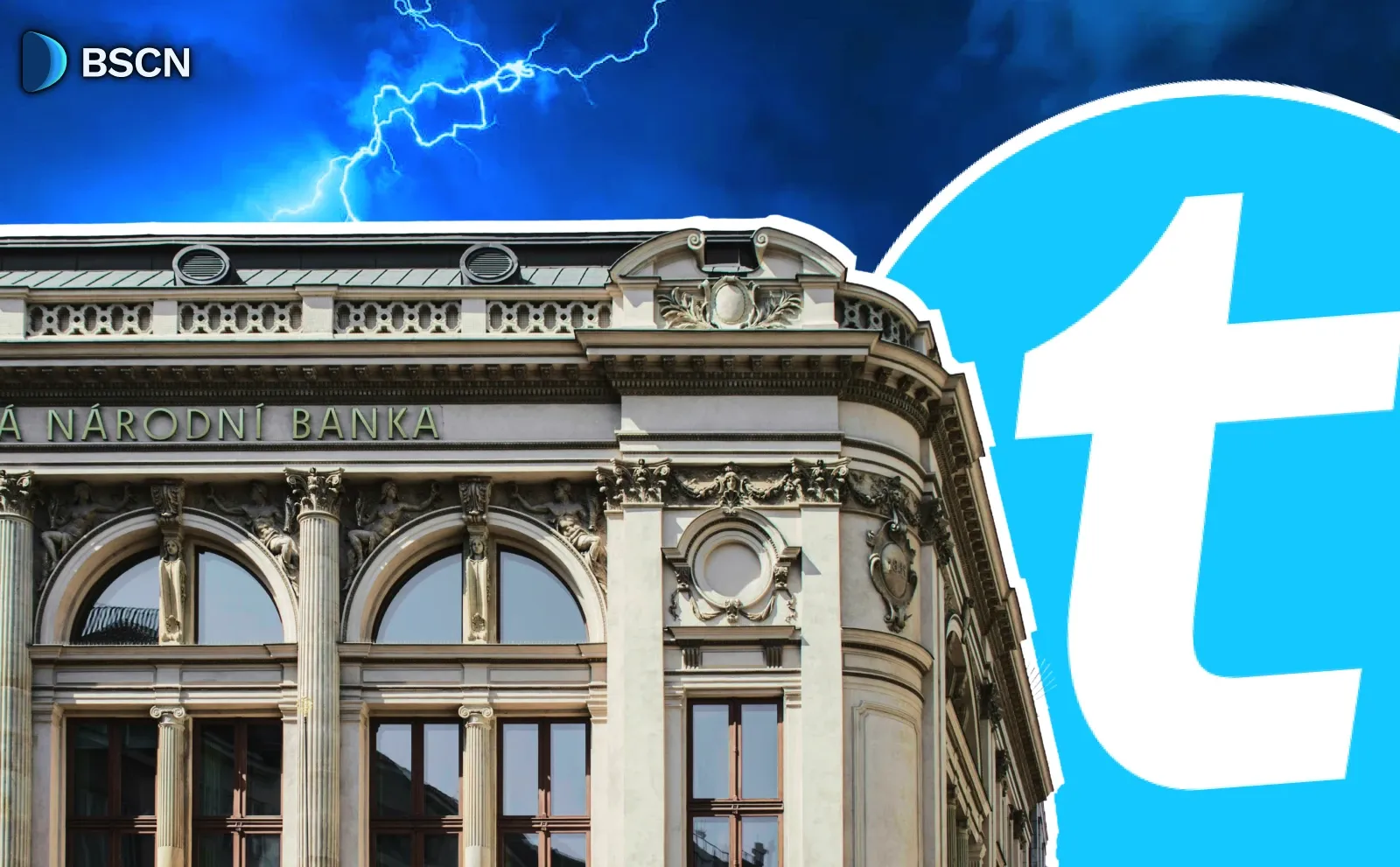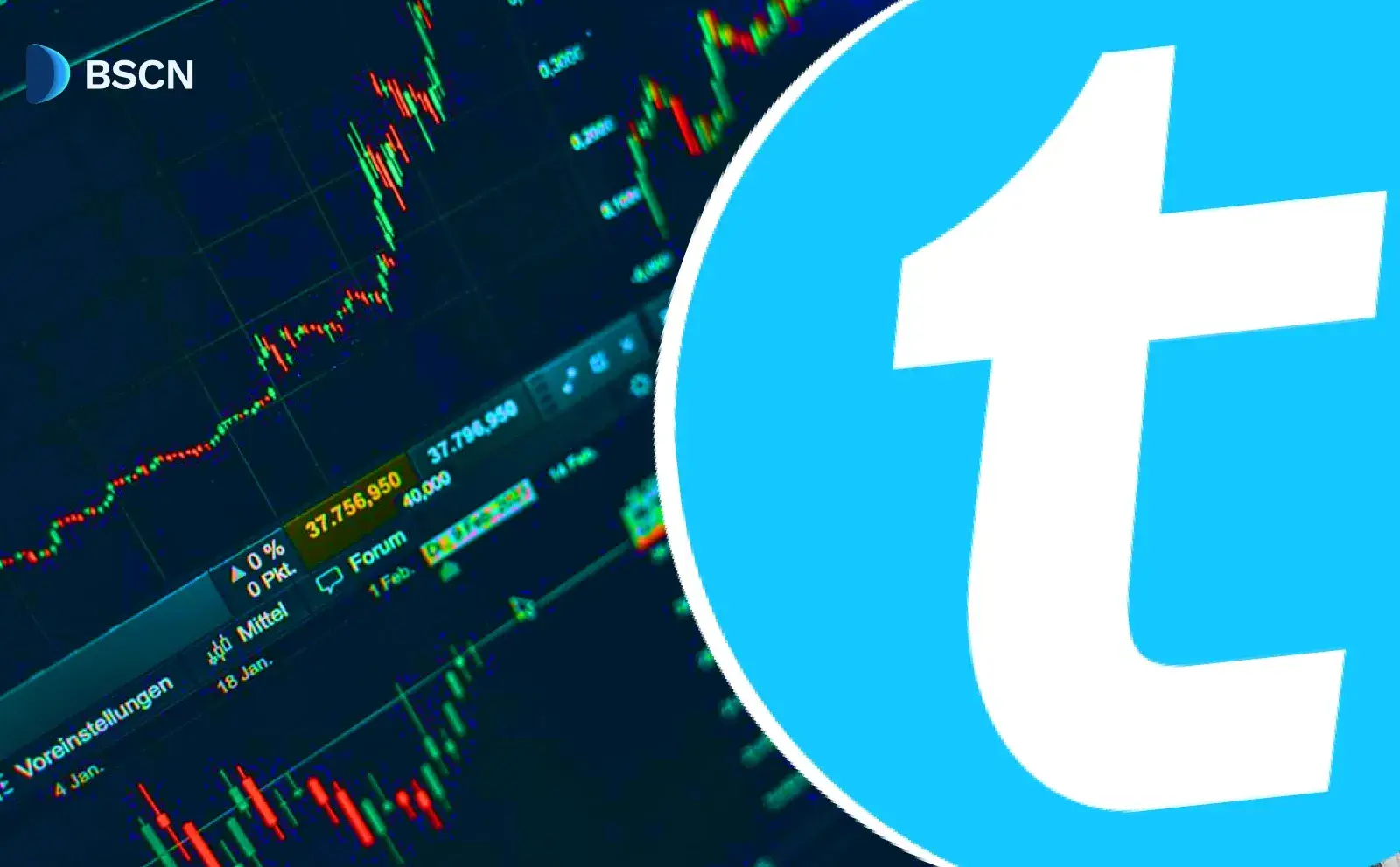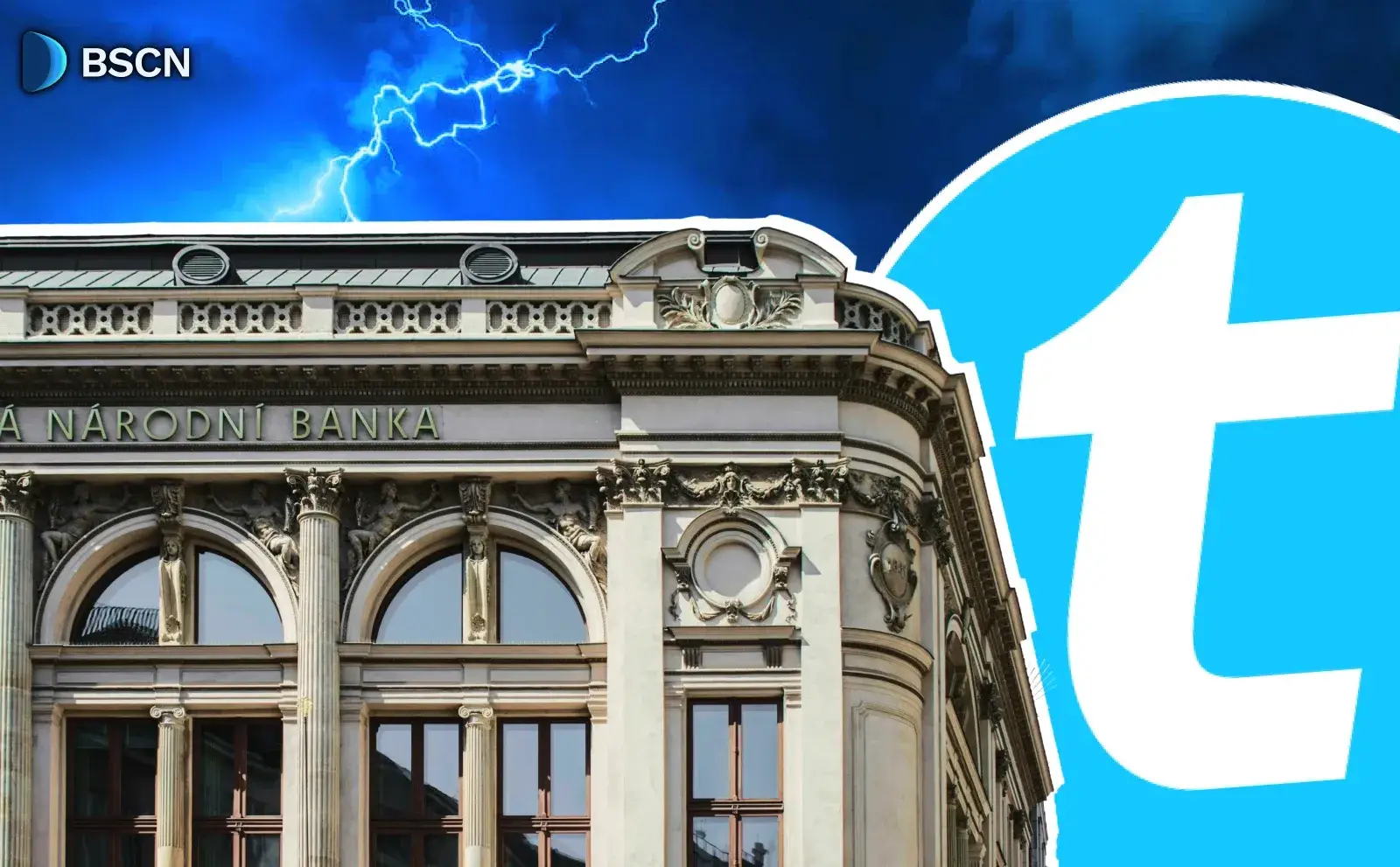Deepdive
(Advertisement)
Billions Network Unveil $BILL Tokenomics: All You Need to Know
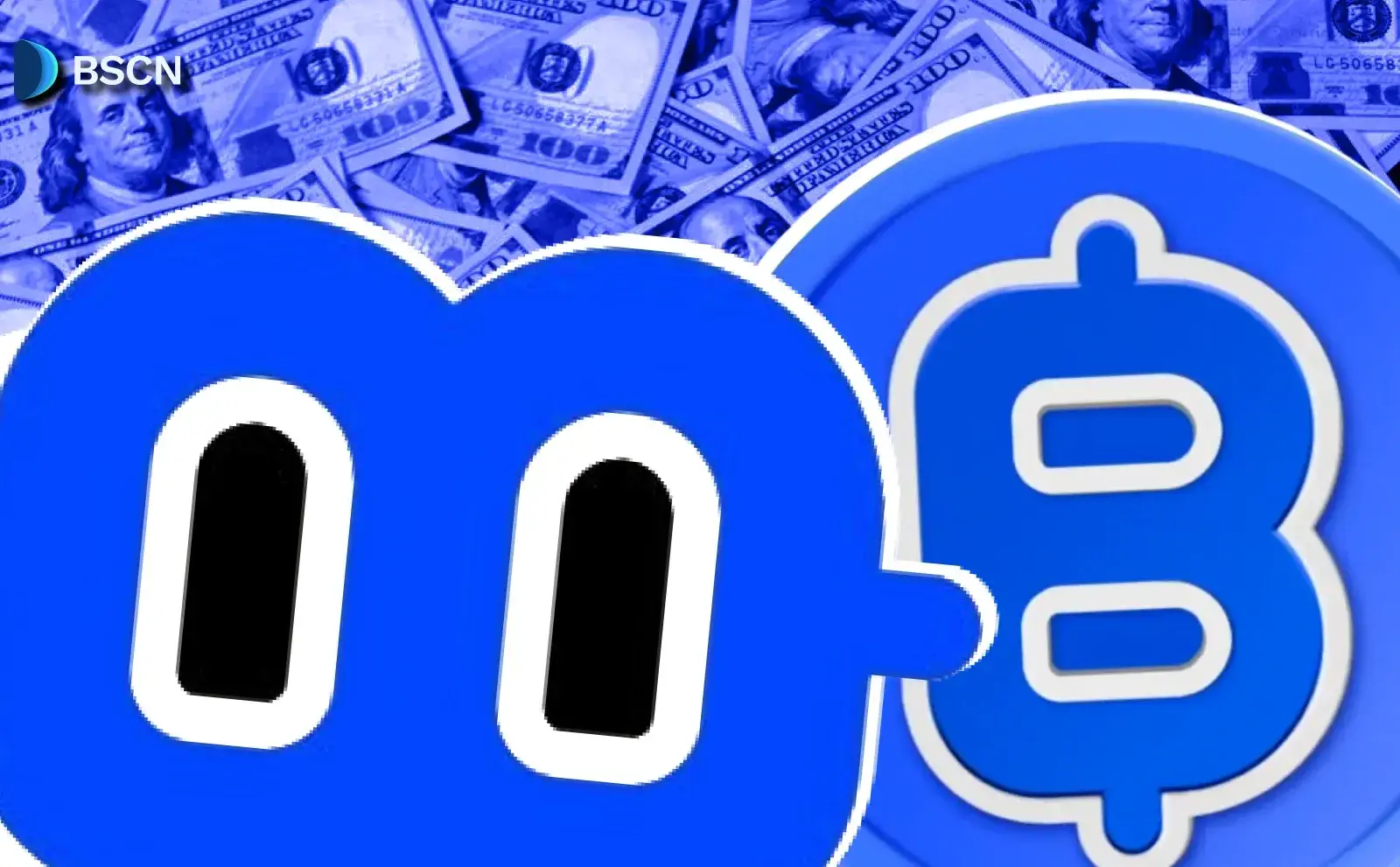
Billions Network outlines the full tokenomics of its $BILL token, detailing supply, allocation, utilities, and how it supports a trust-focused digital ecosystem.
Miracle Nwokwu
November 14, 2025
(Advertisement)
Table of Contents
Billions Network recently disclosed the tokenomics for its $BILL token, marking a key development in its roadmap. This comes after an August announcement that the token generation event (TGE) would occur within the next few months, and the release now provides clarity on how the token will function within the ecosystem.
The network focuses on rebuilding trust in online spaces by facilitating verified interactions between humans and AI agents, addressing issues like bots and fake identities that have eroded reliability on the internet. With this foundation in place, the $BILL token serves as the core utility mechanism, designed to support verification processes, reward participation, and ensure the network's long-term sustainability through practical economic models.
Token Basics
At its core, $BILL is an ERC-20 utility token built on an Ethereum Layer-2 solution, which allows for efficient transactions while maintaining compatibility with the broader Ethereum ecosystem. The total supply is capped at 10 billion tokens, with no possibility of inflation, ensuring a fixed quantity that cannot increase over time.
Upon launch at the TGE, approximately 23% of the supply—or 2.3 billion tokens—will enter circulation, providing sufficient liquidity for early operations and community engagement without overwhelming the market.
The design emphasizes a usage-driven approach, where increased network activity leads to greater token value through built-in mechanisms. The tokenomics tie directly to real-world applications, such as verifying identities and issuing credentials. Network fees generated from these activities fund automated processes that reduce the circulating supply over time, creating a cycle where more usage strengthens the overall system. This structure positions $BILL as a tool for practical utility, aligning incentives for users, contributors, and partners.
Allocation Breakdown
The allocation of $BILL reflects a priority on community involvement, with the largest share dedicated to those who actively build and expand the network. A total of 7.88% unlocks at the TGE, while the rest distributes gradually over four years, focusing on front-loaded rewards during the initial growth phase. Here is the detailed breakdown:
- Community (32%): Allocated for ongoing rewards, staking opportunities, hackathons, and other growth initiatives that encourage widespread participation.
- Contributors (25%): Reserved for the team and builders, with a one-year cliff followed by three years of linear vesting to ensure long-term commitment.
- Foundation Reserves (18%): Used for liquidity provision, operational needs, and maintaining stability, released over a structured four-year period.
- Investors (15%): Designated for strategic backers, featuring a 12-month cliff and four-year vesting to align interests with network success.
- Ecosystem Fund (10%): Supports partnerships and integrations, with 5% unlocked at the TGE to facilitate early collaborations.
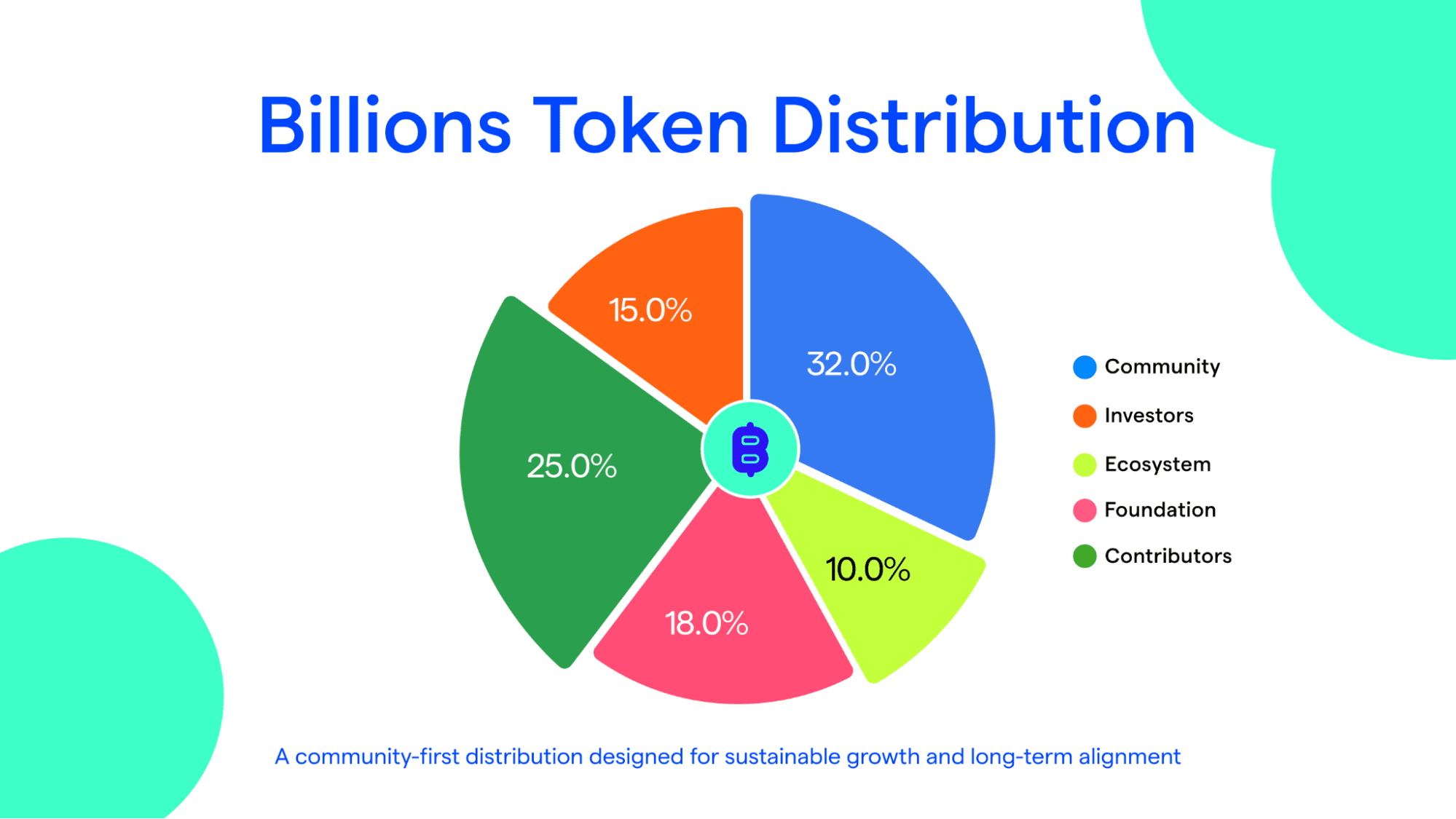
These figures align with the project's white paper, which was notified to the Spanish National Securities Market Commission (CNMV) on October 14, 2025, adding a layer of regulatory transparency to the distribution plan.
Key Utilities and Mechanisms
$BILL's utilities extend across several areas, each contributing to a self-sustaining ecosystem where verification translates into tangible value. Users can pay for credential fees and verify humans or AI agents, gaining access to network features. Those who use $BILL for these payments receive discounts of 10-15%, which encourages adoption and generates consistent demand, particularly for integrators handling high volumes.
A standout feature is the deflationary model, where real network activity—such as verifications and credential issuances—produces fee revenue that funds automated buybacks. These buybacks permanently remove tokens from circulation, reducing supply as usage grows. This creates a positive feedback loop: higher activity leads to more revenue, which in turn supports further reductions in supply and potential value appreciation for holders.
Staking plays a central role as well. By staking $BILL, participants can demonstrate credibility, earn shares of protocol revenue, and unlock higher reputation levels. This appeals to a broad range of stakeholders, including individual users, credential attesters, vendors, and AI agents, fostering organic demand. In future phases, the token will also enable governance, allowing holders to vote on aspects like funding allocations, parameter adjustments, and trust-related decisions.
Additionally, $BILL facilitates ecosystem rewards for contributions, referrals, and partner incentives, helping to expand the network. The overall flywheel effect—where network growth spurs more verification activity, generating revenue for buybacks and supply reduction—underpins the model. A key differentiator here is the reusable nature of credentials, which can be applied repeatedly across the ecosystem without additional costs, creating ongoing revenue streams that support sustainability.
Supply Release Schedule
To promote stability and protect against market volatility, the supply release follows a gradual timeline tied to network milestones. This approach rewards early adopters while minimizing risks like sudden supply increases. The schedule is as follows:
- Launch (TGE): Approximately 23% circulating, supporting community programs, ecosystem expansion, and foundational operations.
- End of Year 1: Reaches about 45%, as the network builds traction and initial community distributions occur.
- Year 2: Increases to roughly 62%, with the start of unlocks for investors and contributors.
- Year 3: Climbs to around 83%, coinciding with network maturation and fuller ecosystem activation.
- Year 4: Achieves 100% circulation, completing the distribution in alignment with long-term goals.
This measured rollout helps maintain healthy liquidity and shields participants from dilution, ensuring that growth remains steady and predictable.
Final Thoughts...
With the tokenomics now public, Billions Network appears positioned for its upcoming TGE, building on the momentum from its August update. The emphasis on proof of uniqueness—where verified individuals act as nodes in a trust-based economy—suggests a framework that values contribution over extraction.
Participants who verify identities, stake tokens, or engage in other activities stand to benefit as the system expands, potentially creating a more reliable online environment for human-AI collaboration.
Sources:
Billions Network $BILL Tokenomics Overview (Billions Network Blog): https://billions.network/blog/the-ticker-is-bill
Read Next...
Frequently Asked Questions
What is the total supply of the $BILL token?
The $BILL token has a fixed total supply of 10 billion ERC-20 tokens, with no inflation mechanisms. This ensures the supply cannot increase over time, supporting long-term scarcity within the Billions Network ecosystem.
How much of the $BILL supply will be in circulation at launch?
At the token generation event (TGE), approximately 23% of the total supply — about 2.3 billion $BILL tokens — will enter circulation. This provides early liquidity while preventing market oversaturation.
How is the $BILL token allocated?
$BILL is distributed across five primary categories: 32% to the community, 25% to contributors, 18% to foundation reserves, 15% to investors, and 10% to the ecosystem fund. Unlock schedules are structured over four years to ensure stability and long-term alignment.
What are the main utilities of the $BILL token?
$BILL serves as the network's core utility token used for identity verification fees, credential access, staking, attestation incentives, partner rewards, and future governance. Users paying with $BILL enjoy 10–15% discounts on verification services.
Does $BILL have a deflationary mechanism?
Yes. Real usage—such as identity verifications and credential issuances—generates fee revenue that funds automated buybacks. These buybacks permanently remove tokens from circulation, reducing supply as network activity increases.
Disclaimer
Disclaimer: The views expressed in this article do not necessarily represent the views of BSCN. The information provided in this article is for educational and entertainment purposes only and should not be construed as investment advice, or advice of any kind. BSCN assumes no responsibility for any investment decisions made based on the information provided in this article. If you believe that the article should be amended, please reach out to the BSCN team by emailing [email protected].
Author
 Miracle Nwokwu
Miracle NwokwuMiracle holds undergraduate degrees in French and Marketing Analytics and has been researching cryptocurrency and blockchain technology since 2016. He specializes in technical analysis and on-chain analytics, and has taught formal technical analysis courses. His written work has been featured across multiple crypto publications including The Capital, CryptoTVPlus, and Bitville, in addition to BSCN.
(Advertisement)
Latest News
(Advertisement)
Crypto Project & Token Reviews
Project & Token Reviews
Comprehensive reviews of crypto's most interesting projects and assets
Learn about the hottest projects & tokens
